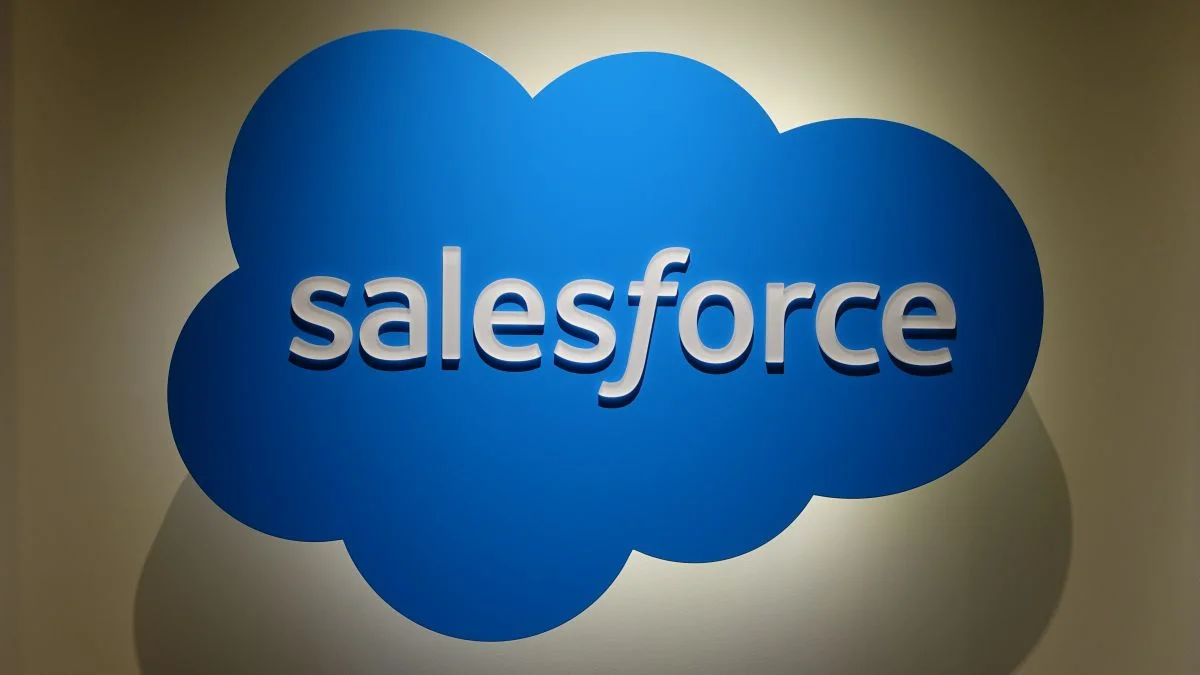On the flight home from a recent work trip to Boston I read Predictable Revenue: Turn Your Business Into a Sales Machine with the $100 Million Best Practices of Salesforce.com by Aaron Ross and Marylou Tyler.
Ross who was Director of Corporate Sales at Salesforce.com shares the B2B sales lessons which helped build a predictable sales machine at the customer relationship management (CRM) giant. The book offers a fascinating glimpse into how Salesforce.com grew from a small startup to the software as a service (SaaS) success story we all know today. It’s not an exaggeration to say Salesforce.com helped create the SaaS industry and paved the way for the many exciting companies operating in the space today. It also proved that the SaaS business model could not only survive, but thrive and disrupt the software industry.
Sales Lessons from Salesforce.com
It’s an insightful book and five sales lessons stood out:
1. Predictable revenue needs repeatable systems
To generate predictable revenue you first need consistent lead generation, then robust systems to ensure the same percentage of leads convert into sales every time. This is an ongoing process and there’s always room for improvement (a system can always be improved), but when you have a fully optimised SaaS marketing and sales machine, it becomes easy to predict with confidence how many leads are required to make a sale.
2. Invest in lead generation to drive new customer acquisition
Many company’s task sales reps with generating leads and prospecting. This is wrong and organisations which do this make the false assumption that sales reps can rely on their networks to find new business. Ross states that businesses must invest in lead generation and make it the marketing team’s responsibility to look after the volume and quality of leads, rather leave this to sales reps.
3. Nurture a partner sales channel
Salesforce.com scaled its sales by creating a partner program, so agencies could begin selling the CRM software to their own clients. Partner programs are an effective way to increase distribution and sales, but they also require lots of time, care and attention to be managed correctly.
4. Create a sales development team
Today, this is a typical SaaS sales play, but back in 2000, Salesforce.com were one of the first to let its sales reps focus purely on selling. They invested in a sales development team whose role it was to connect with and qualify prospects, nurture them and set up product demos. It’s a process that works well and let’s sales spend their time closing deals.
5. Focus on results, not activities
While many successful SaaS sales roles can be distilled into a set of repeatable habits and behavours, Ross emphasises it’s important to remain focused on results, not activities. He advises doubling down on high value tasks which generate big results, such as qualification calls and qualified opportunities, rather than less meaningful metrics like dials or calls per day.
If you want to develop your understanding of SaaS sales with actionable tips you can implement today, then read Predictable Revenue: Turn Your Business Into a Sales Machine with the $100 Million Best Practices of Salesforce.com. Ross has generously shared many of the strategies he employed to generate $100 million in recurring revenue. The book is packed full of everything you need to know about SaaS sales and is recommended reading for anyone who’s looking to learn more about this topic.

